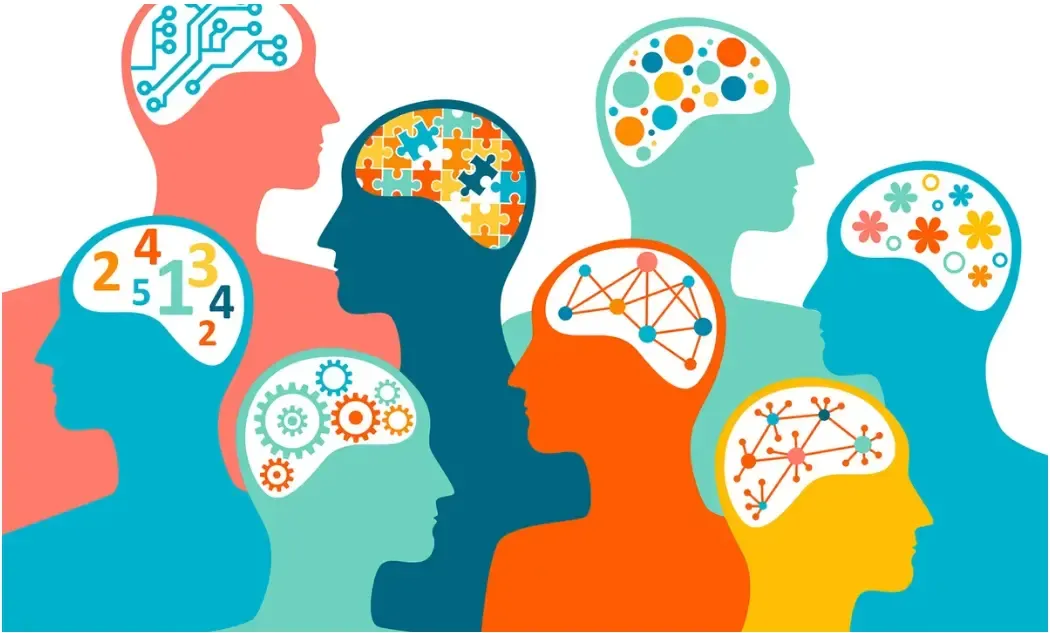New Self-Study Toolkit: Designing Neuroinclusive Learning Environments

How can we create learning environments that support all students, including those with neurodevelopmental conditions? Our new self-study toolkit provides practical strategies rooted in Universal Design for Learning (UDL) to help faculty foster flexible, strength-based, and inclusive classrooms.
About this toolkit
Explore the principles of inclusive education with our self-paced toolkit, thoughtfully designed for academic professionals. This resource provides research-driven strategies to support neurodiverse learners, offering a robust foundation for fostering equitable and effective educational environments.
One participant of the toolkit shared a key takeaway: "I never fully grasped how much the way information is presented can either help or hinder a student's ability to learn. Simplifying instructions, using visuals, and providing multiple ways for students to engage and demonstrate understanding can make all the difference."
Explore how to reduce cognitive barriers, enhance student engagement, and implement neuroinclusive teaching strategies at your own pace.
Designing Neuroinclusive Learning Environments 01 - Karolinska Institutet
